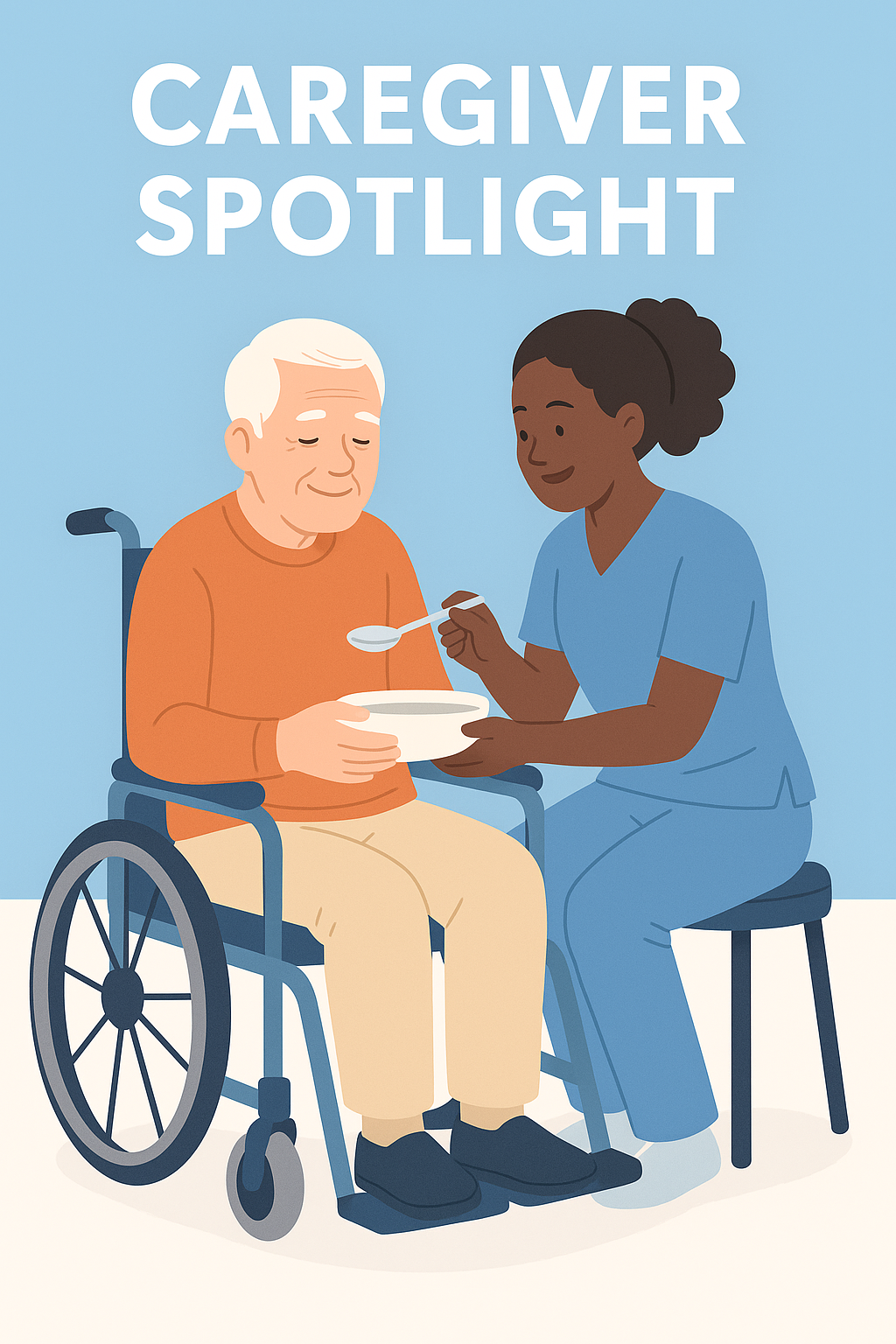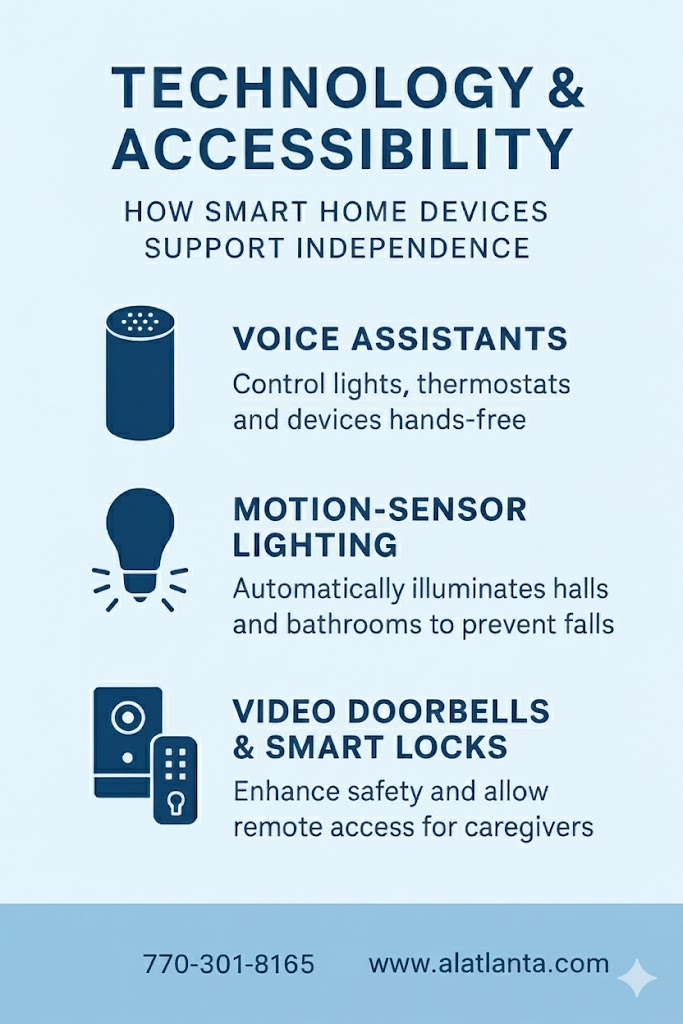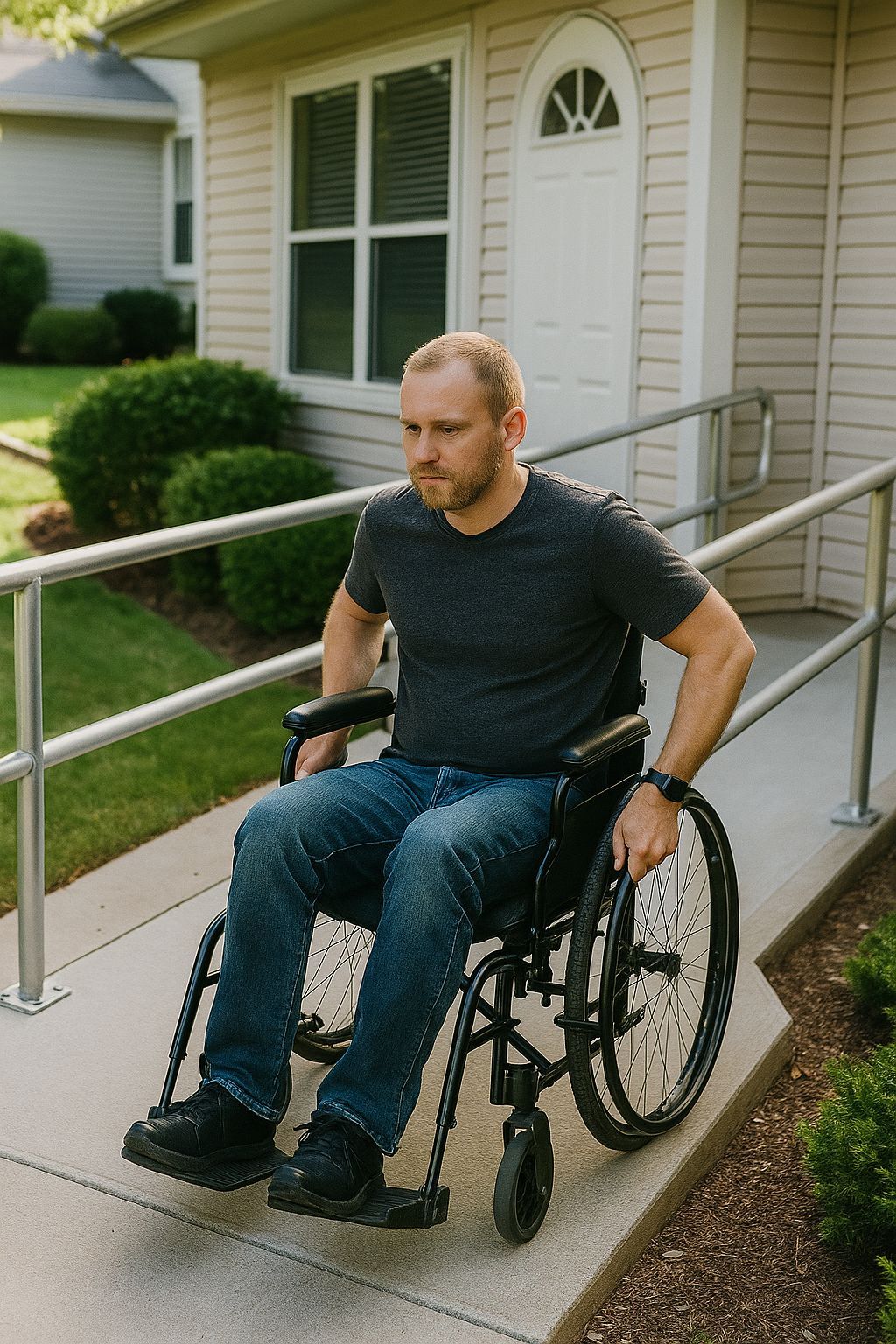The Shocking Truth About ‘Sitting Disease’
Kelli Bloomquist, 45, spent up to 10 hours a day sitting at her desk in her home office. That, plus ending her day with family couch hangs, left the media executive with very little time on her feet. “My legs were always falling asleep. I’d have to stand up just to get feeling back into my legs and butt,” she recalls.
During a doctor’s appointment, Bloomquist learned she was prediabetic and had an array of autoimmune issues, largely as a result of her inactive lifestyle. So she purchased a treadmill and stand-up desk and now challenges herself to hit a daily 10,000 steps. “I’ve lost weight; I’m no longer prediabetic,” she says. She’s also focusing better at work.
Bloomquist had what doctors refer to as “sitting disease” — a term for the negative effects of being too inactive, which experts warn is becoming all too common these days. It’s often said that “sitting is the new smoking,” but in recent years, more research has shown just how unhealthy our sedentary lifestyles are. Here’s what you need to know.
You’re probably sitting a lot more than you think. “On average, U.S. adults are spending 11 to 12 hours per day sedentary, which represents three-quarters of their waking day,” says Keith Diaz, associate professor of behavioral medicine at Columbia University Medical Center in New York City.
Consider our most popular leisure activity, especially among older adults: watching TV. People 65 and older watch it for an average of 6.4 hours a day, while essentially enlisting technology to be active for us.
“While you’re watching TV, a microwave could be cooking your food, a dishwasher could be washing your dirty dishes, a laundry machine could be washing your soiled clothes, a vacuum could be self-cleaning the floor,” says Diaz. And many of us who still work are doing it from home — and hence not getting up to walk over to coworkers or into meetings.
Sitting is worse for you than just about any other position. Researchers broke a 24-hour day into five core behaviors: sleeping, sitting, standing, light activity and moderate-vigorous activity. Moderate to vigorous exercise — running, cycling and more — was found to be best for your heart. Next came lighter activity (like walking), followed by standing, then sleeping. They were all better for you than sitting, says lead researcher Jo Blodgett, a senior research fellow at University College London.
Sitting diminishes your brain. People who sit for more than 10 hours a day are at greater risk of developing dementia. Prolonged sitting can also worsen symptoms of depression and anxiety.
You can’t fully undo the damage by exercising. “The more time you spend sitting, the greater risk you have for most chronic diseases, independent of whether you exercise or not,” says Diaz. “This notion that ‘I exercised today — check off my box for moving and I’m done’ is not enough. For ideal health, we need to move throughout our day, not just in one bout of exercise for 30 to 60 minutes.”
“I used to tell people you need 30 to 40 minutes of exercise at one time. I was wrong,” says Barry Franklin, director of preventive cardiology and cardiac rehabilitation at Corewell Health William Beaumont University Hospital in Royal Oak, Michigan. He now tells patients that even one to two minutes of movement every hour, throughout the day, has a big impact. “So over 16 hours, if you’re doing two minutes every hour, you’re getting more than 30 minutes,” he explains.
Moving every half hour for five minutes has substantial, positive effects on blood sugar levels, Diaz says. Getting up after a meal, even for a slow walk, is enough to reduce blood sugar spikes by 60 percent — equivalent to the effects of medication, he says. And moving every hour for just one minute provides a reduction in blood pressure comparable to what you’d experience from exercising daily for three to six months.
In a perfect world, you’d log at least 8,000 steps per day, says Edward Coyle, a professor in the department of kinesiology and health education with the University of Texas at Austin. Eight thousand is the number his team found was key to a healthy fat metabolism. But any amount helps. “If you are inactive, for each 1,000 steps you take, you lower your risk of dying and having heart disease by 15 percent,” he says.
Even seconds of activity throughout the day have immense benefits. Coyle’s team had people hop on an exercise bike for quick sprints and found that if they did this for 20 seconds every hour, they maintained a healthy fat metabolism.
The bottom line? Now that you’ve finished reading this article, get up and walk around for just two minutes. It could improve your life.
#homeaccessibility #homemodification #homehealthcare #aginginplace #aginggracefully #caregivers #disability #disabilityawareness #wheelchairuser #wheelchairaccessible #spinalcordinjury #physicallychallenged #safetyathome #elderlycare #graytsunami #healthylifestyle #accessiblematters #userfriendlyhome



